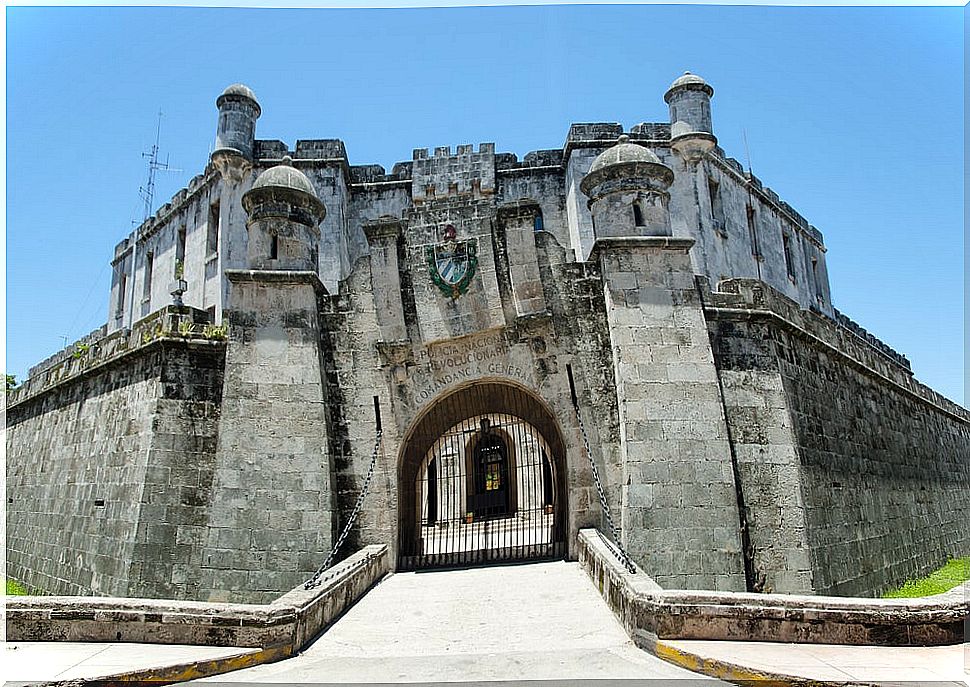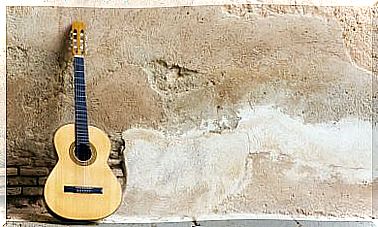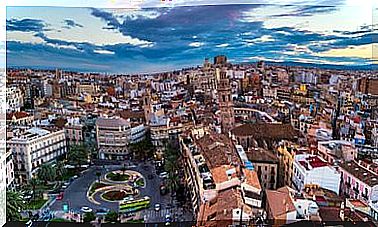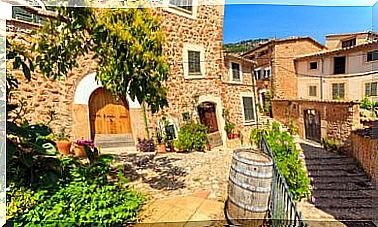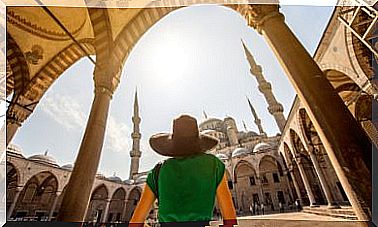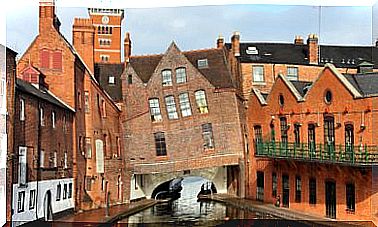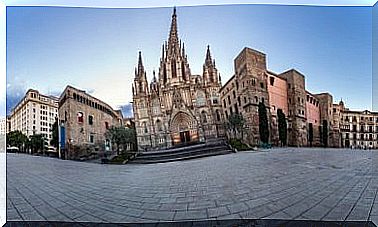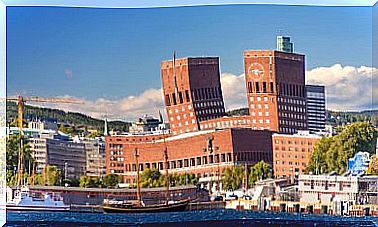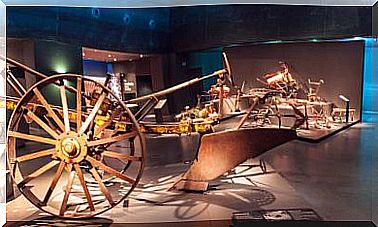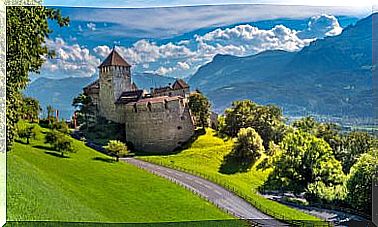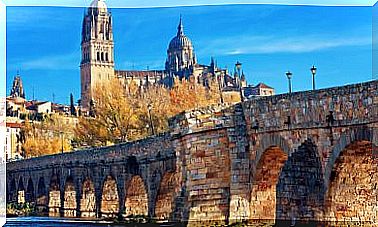Fortresses In Cuba: Memory Of Its Colonial Past
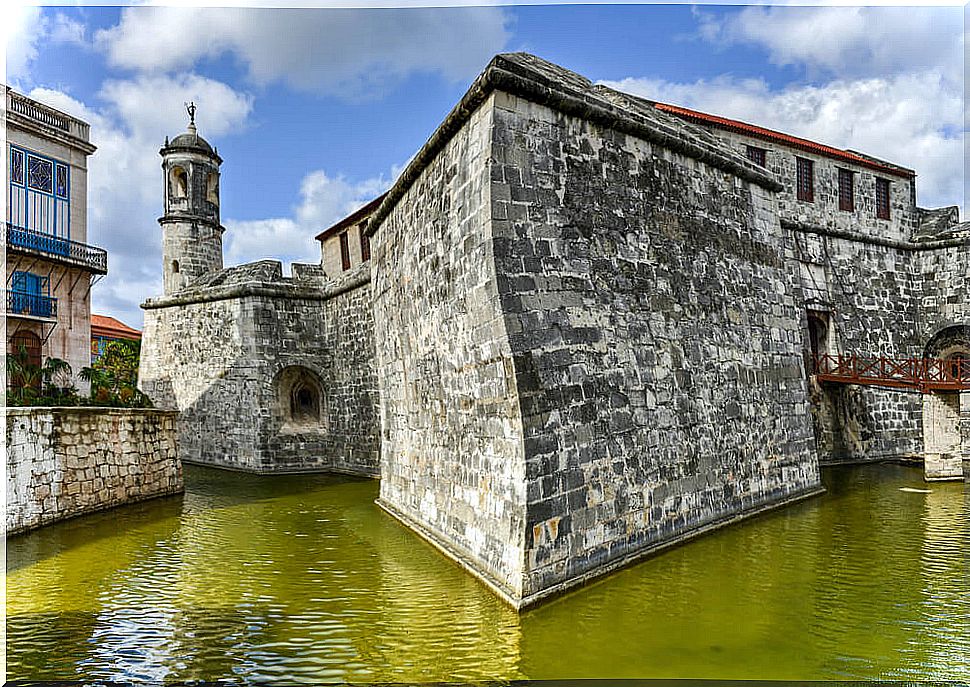
The historical and cultural legacy of Latin America is intimately linked to the past of the Iberian Peninsula. But the link with Cuba has been greater, perhaps because of the strategic importance of Havana in the traffic of American treasures to the peninsula – hence the construction of important fortresses in Cuba – and because of the nostalgia for being the last overseas colonial possession .
What is indisputable is the value that was given to the island, especially to the city of Havana. This is because this point was the meeting place for the different fleets from New Spain and the Viceroyalty of Peru –through Panama and Portobelo– bound for the port of Seville.
The concentration of the fleet on the island was a focus of attraction for corsairs and pirates who wanted to assault the ships. To avoid any attack, the colonial authorities devised a defensive system through fortresses. They are buildings that are still standing and remind Cubans and visitors of that colonial past. Let’s talk a bit about them!
Colonial fortresses of Cuba and Havana
One of the first defensive systems in Cuba was that of Havana. It was made up of three fortresses: the Castillo de la Real Fuerza, that of San Salvador de la Punta and that of El Morro. For this reason, these three fortifications are in the coat of arms of the city.
1. Castle of the Royal Force of Havana
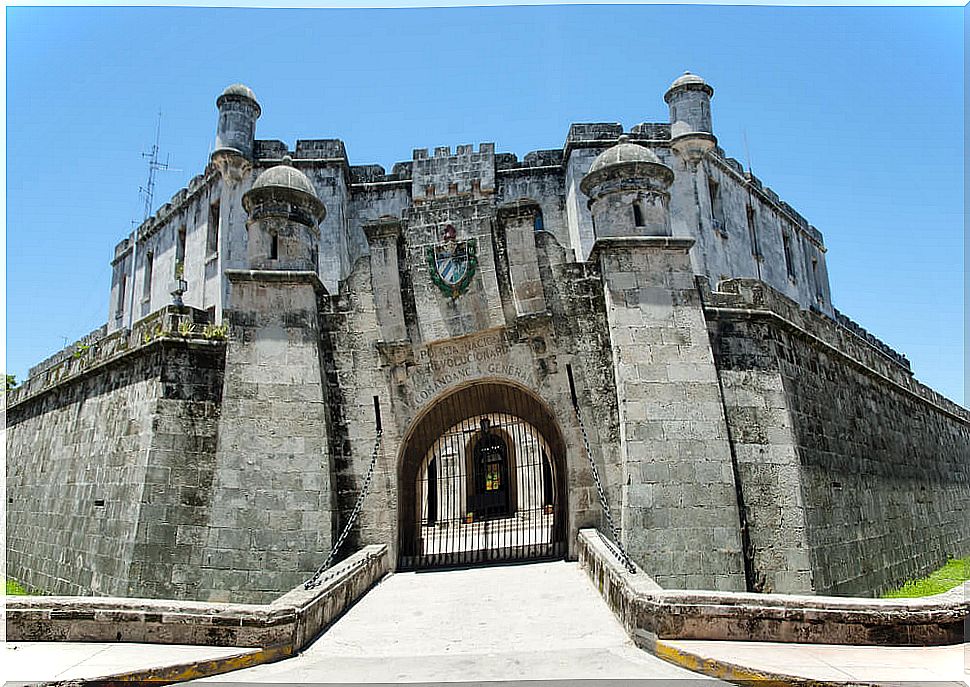
In the early date of 1558, one of the fortresses began to be built, which was decisive during the attack by English troops on the city of Havana in 1762. Although its construction took 19 years, it quickly stood out among the Hispanic fortifications in Cuba and the Caribbean.
Despite its role in the defense of the city, its geographical position did not favor the fulfillment of its defensive objective, since it was located deep inside the entrance channel to the bay of Havana. This position made it difficult to protect and deter pirate and corsair attacks.
This fortress was built in the space that would later become the nucleus of the town. In front of it, a square was created, today the Plaza de Armas, around which important residents of the city settled. The Giraldilla, a bronze weather vane, was located in the tower of the fortress. This is the oldest bronze cast sculpture in Cuba and is currently a symbol of Havana.
2. Castle of San Salvador de la Punta
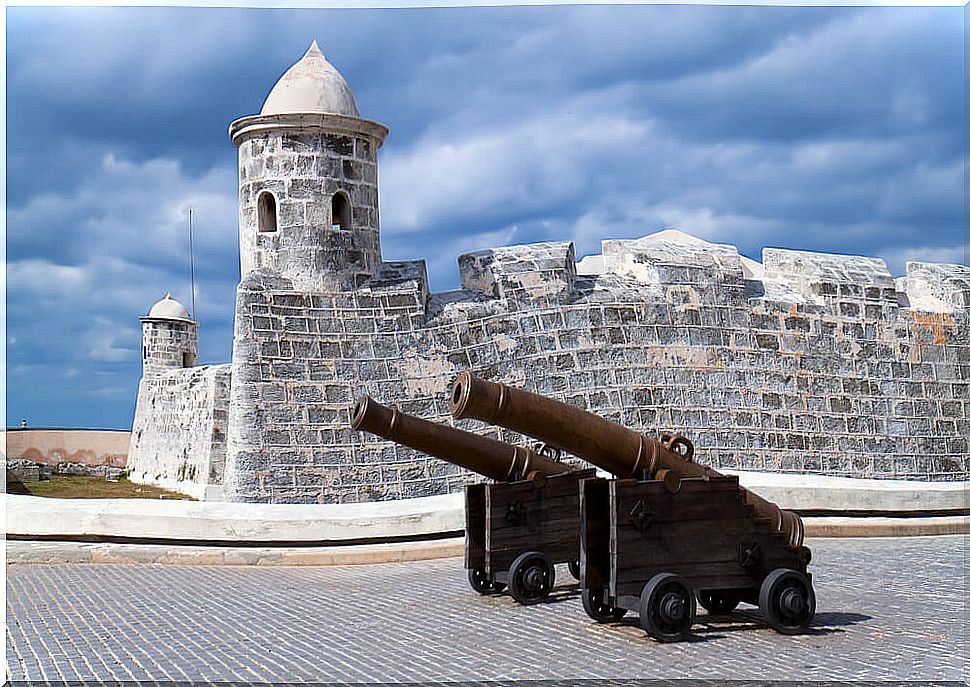
Also known as the Castillo de la Punta, it was built at the entrance to the bay, on the leeward side. Its construction, begun in 1589, was marked by economic and political difficulties that hindered its construction. On some occasions, its dismantling was even planned, a project that was never carried out.
Throughout the 19th century it underwent various modifications and in the 20th century it was used as the headquarters of the Navy and War General Staff and as a Naval Post. With the triumph of the Revolution, the castle became a School of Militias and in the 1970s it became the headquarters of the Cuban Institute of Hydrography.
3. Castle of the Three Wise Men del Morro
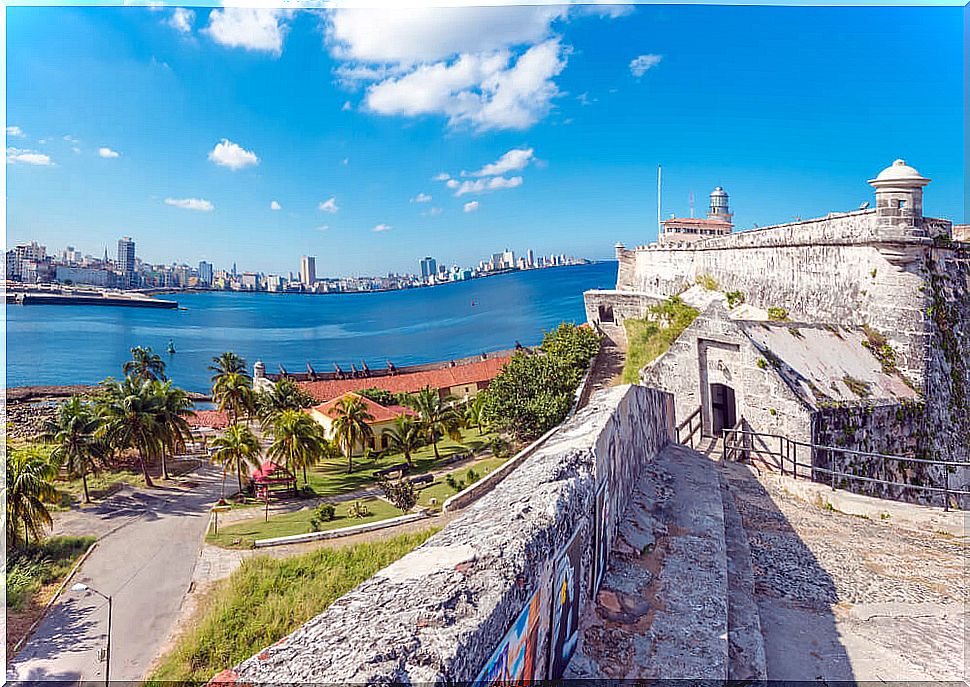
This building was built at the entrance to the bay on the windward side. It is, perhaps, the most important fortification in the city due to its strategic position. Its role was decisive during the taking of Havana by the English in 1762. This episode caused much damage to the fortress that forced its reconstruction.
As a result of the reconstruction, its defensive capacity was increased by adding two new bastions, a moat, covered path, cisterns, barracks, dungeons and warehouses. In 1764 its tower began to function as a lighthouse, but it is not the one we can admire today, because in 1844 the tower was demolished to build a new one.
4. Fortress of San Carlos de la Cabaña
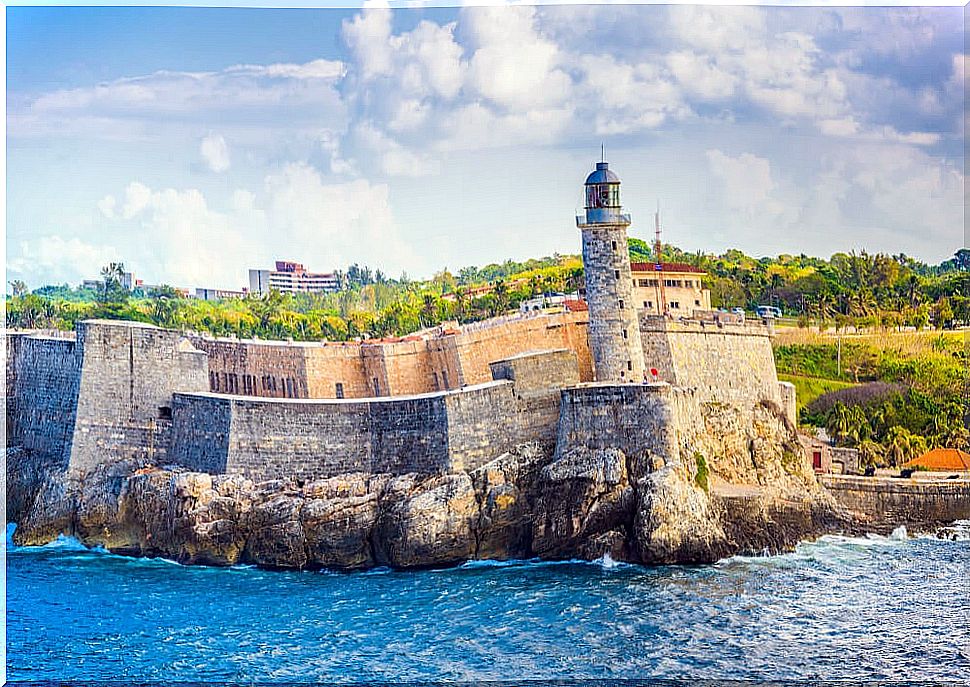
This fortress was not part of the original defense system in Havana. Its construction was planned in the 18th century, because after the taking of Havana, the English managed to take over the Morro castle because they managed to occupy the esplanade that this fortress would occupy. That was a decisive place to position their artillery and knock out the Spanish forces.
Its construction was completed in 1774. At 700 meters long and 240 wide, it is one of the largest fortresses in Cuba and in the entire Hispanic empire in America. During the war of independence, the Cabaña housed the best forces of the Spanish army on the island and many of the Cuban heroes of independence passed through its dungeons, including José Martí.
With the triumph of the Cuban Revolution, Che Guevara occupied this site militarily. For this reason, the fortress houses documents and testimonies of Che that can be visited.
In 1986 its restoration began and it opened to the public as the Morro-Cabaña Military Historical Park in 1991. Since 2014 the castle houses the Venezuela Libre museum, a tribute to the life, work and legacy of Commander Hugo Chávez .
Other strengths of Cuba
There are other fortresses on the island of Cuba, as the Crown had to build an effective defensive system in the Caribbean to protect its monopoly system. Some of them can be found in Santiago de Cuba or in Cienfuegos. Despite this, Havana was key to the colonial economy and, therefore, that colonial past is more present in it.
